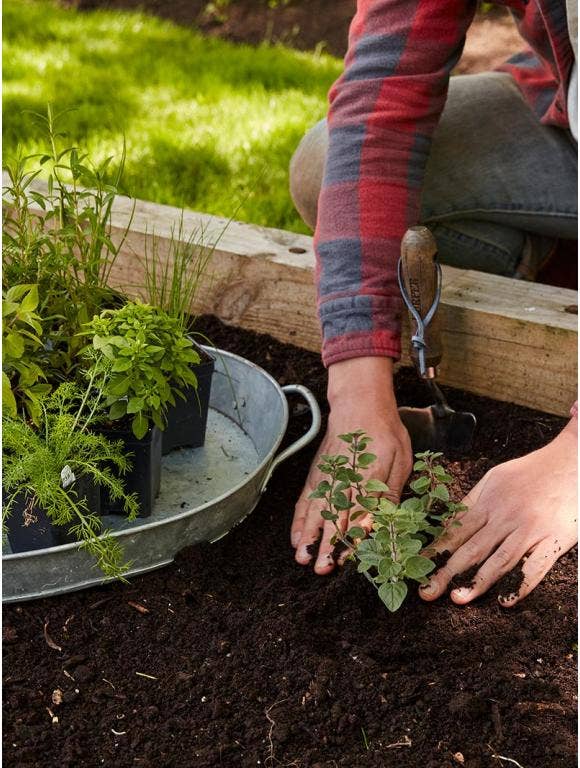
|
1. Timing is everything. Recommended sow times are based on the average first and last frost date in your area. Check out the When to Grow section on each product's page for more information on when to plant what in your area. 2. Take in the lay of the land! How much sun does your garden get? All veggies require full sun, while a flower garden can be grown in the sun or shade, depending on the plants. 3. Find out what zone you are in. Plants will only grow within specific temperature ranges. Annual vegetables and flowers cannot tolerate frost and will not survive winter, while perennials have adapted to colder temperatures. When shopping for perennial plants, be sure the plant is recommended for your zone. 4. Not all seeds are created equal – Some seeds prefer to be started indoors, while others can be sown directly into the ground. Burpee has a variety of Seed Starting kits to make indoor seed starting a breeze! |
| 5. No space? No problem! These days, small-space and container gardening is as popular as ever, making it easy to find varieties that’ll work in your garden! Be sure to use potting mix (not garden soil!) which is designed to give container plants the texture and drainage they need. | |
|
6. Most plants need about 1-2 inches of water every week. When watering, try to avoid getting water on foliage, as this is one way disease may spread between plants. 7. Know Your Dirt! Most garden plants require a rich soil that is high in organic matter (like compost) to grow, that drains well, yet retains moisture. Plants may also prefer particular types of soils, or specific pH levels. To learn more about soil basics, click here! 8. Removing dead or faded flowers keeps the plant blooming longer – this is called deadheading. It also keeps your garden looking tidy! 9. Support your plants! Many larger or vining flowers and vegetables do better with cages or supports to keep them upright and increase yields. 10. Take advantage of cover crops, or “green manure”. Cover crops are planted in the months when your garden is not in use, and have many benefits, including: increased organic matter (better quality soil), weed suppression, soil aeration, and organic nitrogen production. Cover Crops also add color and beauty to your garden in its off-season! |
|








